Duration
6 Days
From
$
USD
Jan, Feb, Jun, Jul, Aug, Sep, Oct, Nov, Dec
Tour Rating
4.8
11+ reviews
$
USD
Jan, Feb, Jun, Jul, Aug, Sep, Oct, Nov, Dec
4.8
11+ reviews
Upon arriving in Moshi, Tanzania's vibrant gateway town at the foot of Mount Kilimanjaro, you'll be warmly welcomed by your guide. Spend some time relaxing and preparing for your adventure ahead. Attend a pre-trek briefing where your guide will provide essential information about safety measures, equipment needed, and an overview of each day's trekking activities. Rest well to prepare yourself for the exciting days ahead.
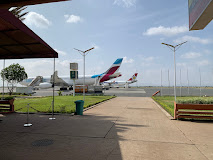

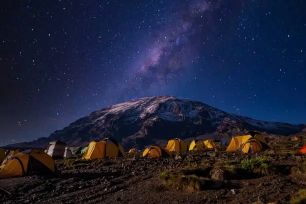
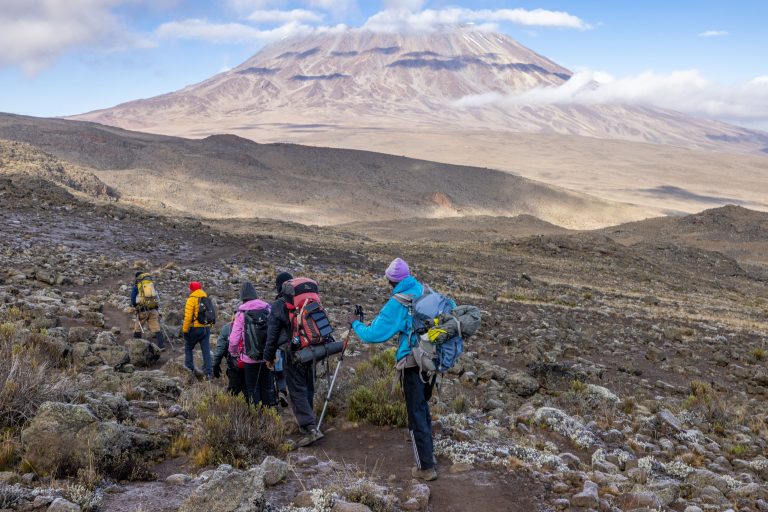
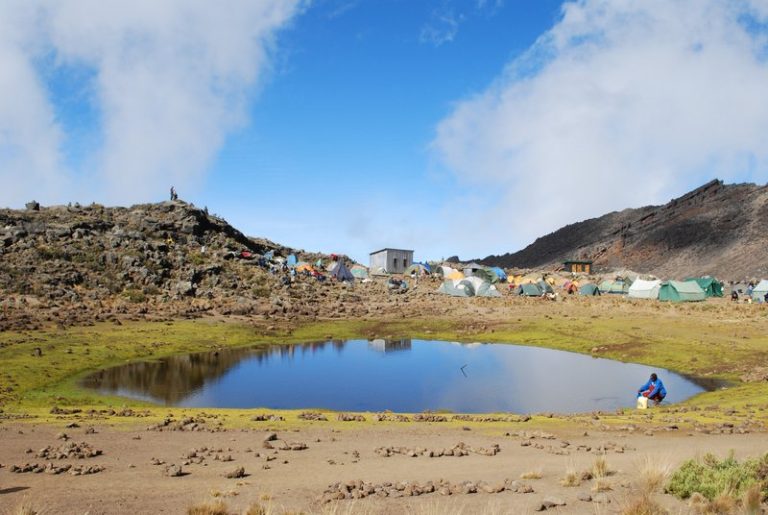

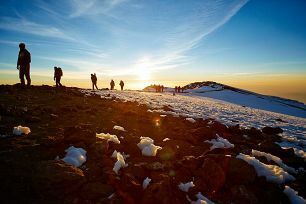
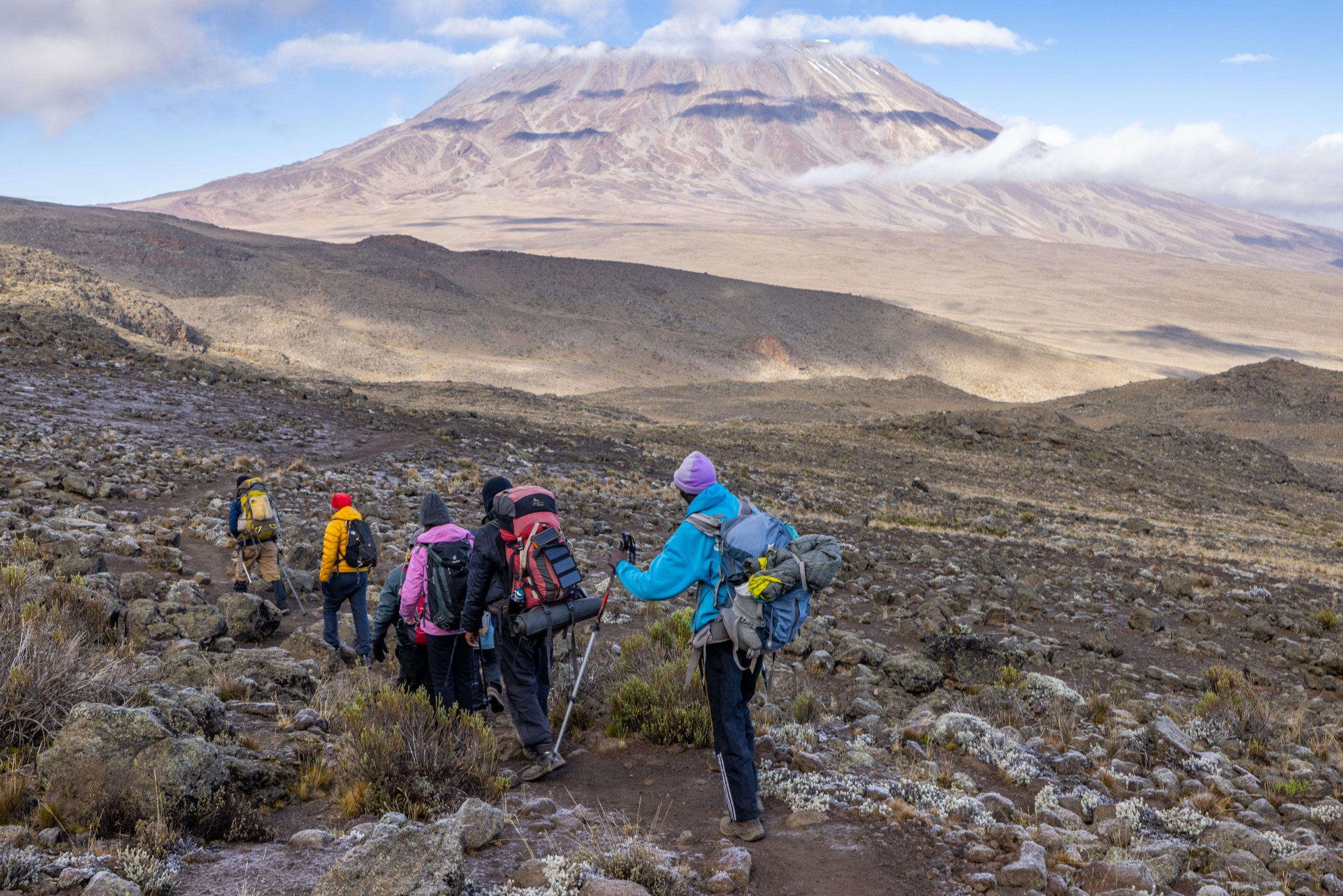
While considered less strenuous compared to other routes like Machame or Lemosho, the Rongai Route still requires participants to be in good overall health with some level of physical fitness. This includes regular exercise prior to attempting this trek. Preparation should focus on cardiovascular endurance, stamina, and leg strength. Regular hiking, trail running, jogging, biking, and stair climbing can help condition your body for long days on uneven terrain. Of course, it’s always advisable to consult with a healthcare professional before undertaking any physically demanding activities. The success rate on this route is generally high due to its gradual ascent profile, but proper preparation remains essential.
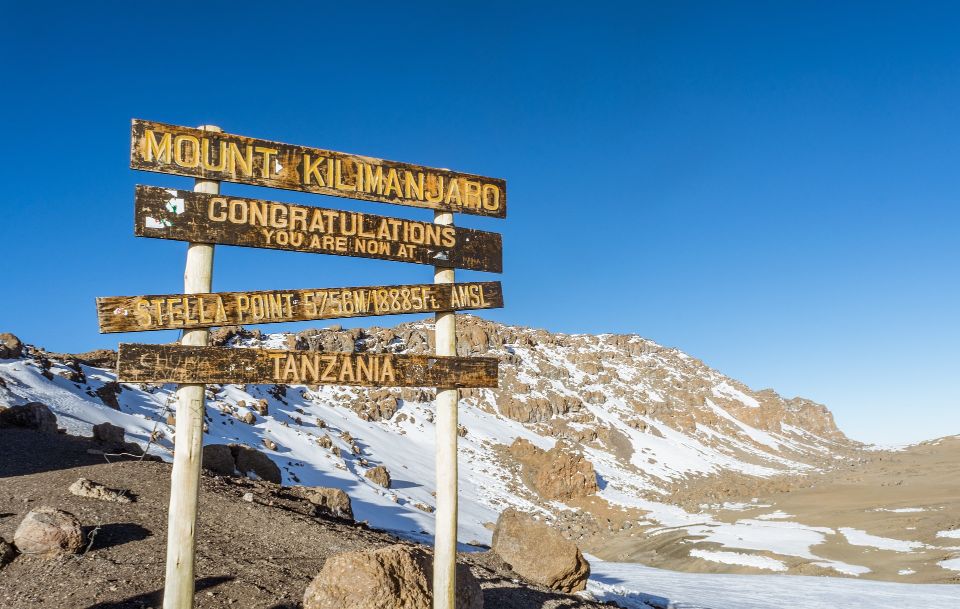
Do not hesitage to give us a call or chat direct WhatsApp with us. We are an expert team and we are happy to talk to you.

.;WWH International Volunteering is a non-governmental organization (NGO) dedicated to promoting global volunteering and making a positive impact on communities worldwide.
WWHIV 2023 © All Right Reserved Design by Chapa Agency